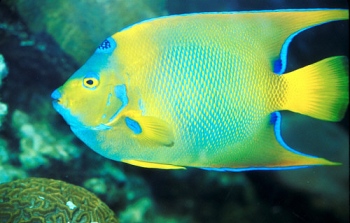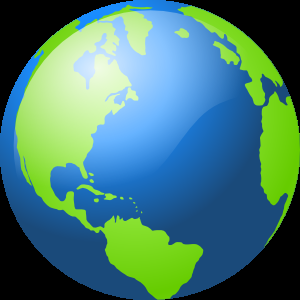






AQUATIC BIOME
Aquatic biomes are probably the most important of all the biomes, because of its major natural resources. The aquatic biome is the largest biome on earth. The aquatic biome covers 75% of the earth with water. Life first began in this biome, and three billion years of evolution caused plants and animals to eventually populate the land.

Aquatic biomes can be divided into two major categories: freshwater and marine. Freshwater biomes usually have a salt concentration of less than 1%, whereas Marine biomes have a salt concentration of about 3%.
Freshwater Aquatic Biomes are influenced by the pattern and speed of water flow, as well as the climate of the biome. Freshwater biomes are ponds, lakes, streams, and rivers.

Marine Aquatic Biomes are found in the Earth’s oceans, covering nearly 75% of the Earth’s surface. When the rain falls on the earth, the evaporation from the oceans causes the temperatures to strongly affect the world’s climate and wind patterns.
Freshwater and Marine biomes are located throughout the entire earth.
The temperatures for the Aquatic biome can range from icy cold water to very warm water depending on the season of the year.
Living and nonliving organisms that coexist there include: grazing snails, clams, insects, crustaceans, fish, amphibians, turtles, snakes, algae, and fungi. These are just a few examples.

Living and nonliving organisms that coexist there include: Algae, sea snails, octopi, fish, crustaceans, sea anemones, sharks, whales, seaweed, coral reefs, bacteria and fungi. There are too many to name them all.
 |  |  |  |  |
 |  |  |  | |
 |  |